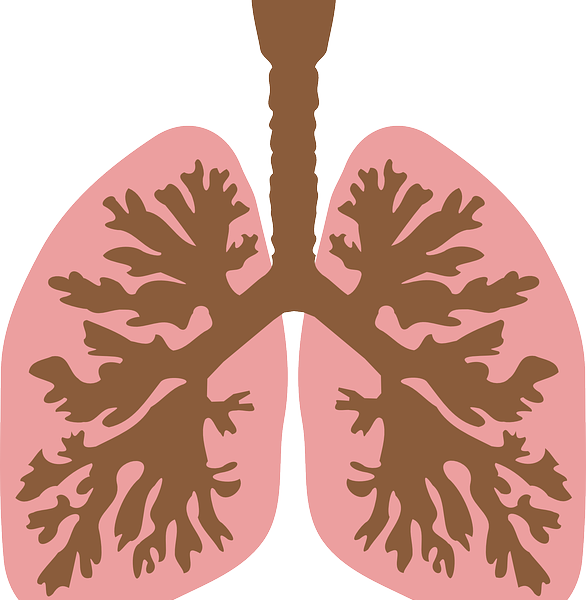
India’s first ‘tracheal transplant’ surgery is a success !
India’s first attempt at tracheal transplant surgery was carried out at Amrita Institute of Medical Sciences, Kochi. The first stage of a surgery which may take another 6 weeks to complete, was performed by doctors on a 37 year-old woman who had cancer in her trachea.
The trachea lacks the vascularity needed to anastomose with the recipient’s vessels and thus it is first transplanted into the recipient’s forearm to aid vascularization which takes about 6 weeks, following which the trachea is transplanted at its rightful site. The organs belong to film designer Ranjith Thomas who was declared brain dead following an intracranial bleed. Ranjith’s trachea as of now has been grafted into the donor’s forearm, the first step of many surgeries yet to come. The recipient, a 37 year old lady who suffers from tracheal stenosis, hails from Kochi. Following his death at Amrita hospital, Ranjith’s family members signed the consent for transplantation. Ranjith was well-known in his field of movie designing and has been involved in many new-generation movies.
Tracheal transplant as a choice of treatment is resorted to in cases of tracheal stenosis caused mainly due to tumors including T2-T3 glottic cancers, T2-T3 pyriform sinus tumors and hypo pharyngeal tumors. Airway defects that are 1 to 5 cm long can be easily anastomosed while those above 5 cm are a challenge to reconstruct.
The first successful tracheal transplant was performed on a Columbian woman who had tuberculosis involving the trachea by Dr. Professor Macchiarini in 2008. Her trachea was completely stenosed and she had undergone 14 different surgeries for stent replacement, at the end of which the novel idea of transplanting trachea with her own stem cells lining the graft was successfully tried on her.
In 1984 researchers conducted orthotopic tracheal transplantations on 189 rats to understand how genetic difference and degree of presensitisation would influence the grafts and no organospecific antigenicity of the tracheal transplant were not found. It was concluded that the trachea is subject to the same immunological laws for transplantation as all other tissues. The first tracheal transplant was carried out in 1987 but failed as no immunosuppressive therapy was given to the patient. The transplant performed by Macchiarini et al involved lining the graft with stem cells from the patient and thus did not require immunosuppressive therapy.
In 2010, allograft transplantation was performed by Delaere et al, on a 50 year old woman who had tracheal stenosis following an accident and had undergone multiple surgeries for stent replacement. The graft from a deceased donor was heterotopically revascularized in the recipient’s forearm. Immunosuppressive therapy during revascularization was administered to maintain viability of the cartilaginous trachea. At the end of 6 weeks the result was a viable cartilaginous allograft and the tracheal cartilage continued to remain viable even after the discontinuation of immunosuppressive treatment. It was concluded that cartilage allografts are resistant to rejection and that tracheal cartilage remains viable when surrounded by well-vascularized tissue. The recipient’s buccal mucosa was then allowed to grow over the lumen of the cartilaginous tracheal transplant.
The surgery has been performed under the guidance of Dr. Subramaniya Iyer, HOD, Department of Head and Neck Surgery at Amrita, as the nationwide medical fraternity eagerly awaits the results.
